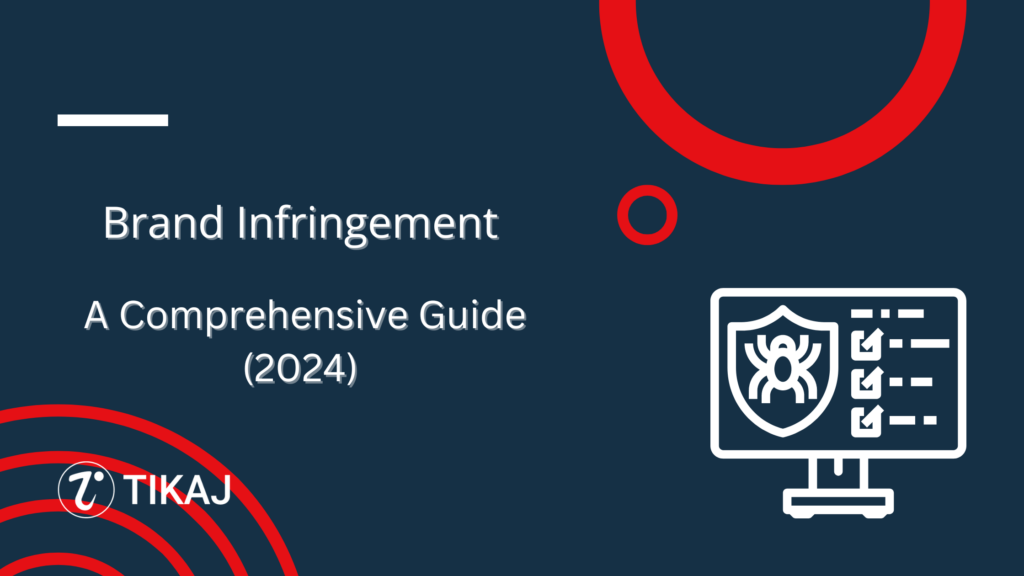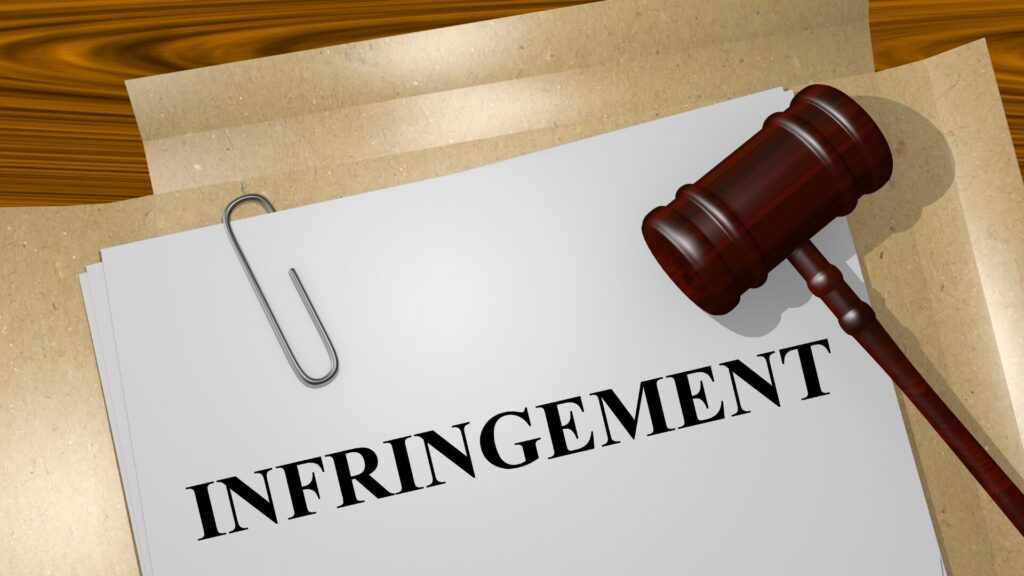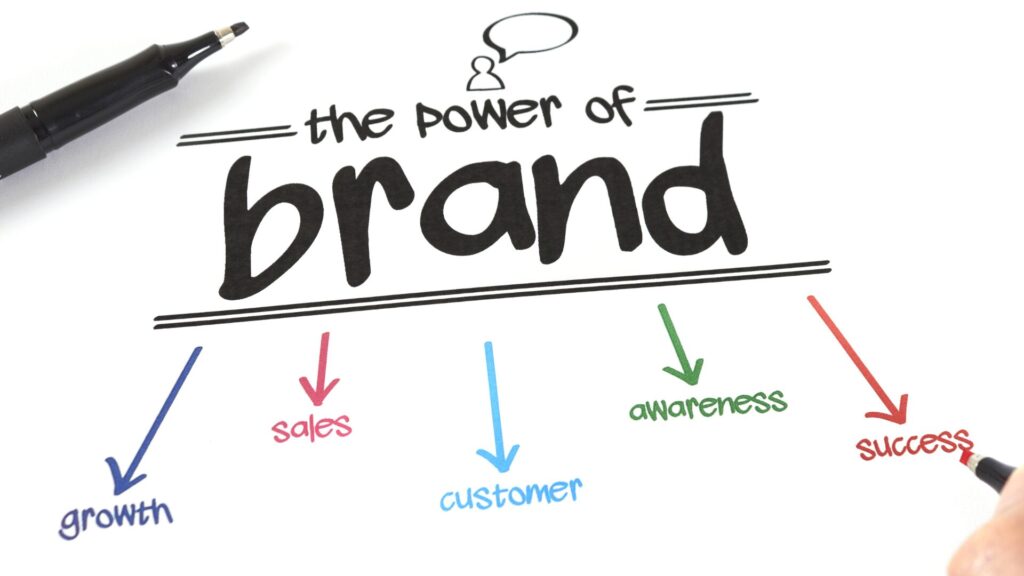What is Brand Infringement? Its Types and How to Prevent It: A Comprehensive Guide (2024)

Brand infringement is an increasingly pertinent issue in today’s digital age, where the unauthorized and illegal use of a brand can significantly impact businesses of all sizes. Understanding the nuances of brand infringement, and its types, and implementing effective prevention strategies are crucial for safeguarding your brand’s integrity and value.
Table of Contents
Introduction
Brand infringement refers to the unauthorized use of a brand’s trademarks, logos, or other intellectual property, leading to consumer confusion and potentially diluting the brand’s value. It encompasses a variety of actions that can harm a brand’s reputation and market worth.
Understanding Brand Infringement
Brand infringement occurs when one party, without authorization, uses a trademark, name, or branding similar enough to another’s that it could cause confusion among consumers or dilute the original brand’s value. This unauthorized use can mislead customers, divert business, and tarnish the established brand’s reputation, potentially leading to significant financial losses and legal battles.
The cornerstone of brand protection lies in trademark law, which serves to distinguish the goods or services of one enterprise from those of others. A trademark might include any word, name, symbol, device, or any combination thereof, used or intended to be used in commerce to identify and distinguish goods or services and to indicate their source.
Importance of Protecting Your Brand
Protecting your brand is not just a legal necessity; it’s a critical business strategy that impacts your bottom line, customer loyalty, and market position. Infringement can lead to a myriad of issues, including customer confusion, lost sales, and a tarnished brand image. Proactively safeguarding your brand helps ensure that your customers’ trust remains intact and that your business continues to grow without unwarranted setbacks.
Types of Brand Infringement
Below we have provided a brief insight into the types of brand infringement.
Trademark Infringement
Trademark infringement also consists of two types of infringement.
Direct Infringement
Direct infringement happens when a trademark that is identical or confusingly similar to a registered trademark is used for identical or similar goods or services, leading to confusion among consumers. This form of infringement is the most straightforward and often the easiest to prove in court.
Indirect Infringement
Indirect infringement involves cases where a party contributes to or induces another to infringe on a trademark. Although not directly misusing the trademarks themselves, their actions facilitate infringement, making them liable.
Copyright Infringement
Copyright infringement in the context of brand protection occurs when copyrighted material, such as marketing materials, website content, or advertising campaigns, is used without permission. This can dilute a brand’s uniqueness and mislead customers regarding the association between brands.
Domain Name Infringement
This involves registering, trafficking in, or using a domain name with bad faith intent to profit from the goodwill of a trademark belonging to someone else. It’s an increasingly common tactic in the digital age, where a web presence is critical for businesses.
Counterfeit Goods
The manufacturing and sale of counterfeit goods bear an unauthorized trademark that is identical to or substantially indistinguishable from the genuine trademark. These goods often are of inferior quality, damaging the brand’s reputation and causing financial losses.
Trade Dress Infringement
Trade dress refers to the visual appearance of a product or its packaging that signifies the source of the product to consumers. Infringement occurs when a competitor copies the overall look of a product or packaging to a degree that could confuse consumers about the product’s origin.
Understanding these various forms of infringement is the first step in developing a comprehensive strategy to protect your brand. Each type requires a different approach for monitoring and enforcement, underscoring the importance of a well-rounded brand protection strategy.
You can also read – Top 10 Best Phishing Tools for Advanced Protection (2024)
Consequences of Brand Infringement
Legal and Financial Repercussions
Brand infringement carries significant legal and financial consequences for businesses. Legal battles over trademark and copyright infringements are not only costly but also time-consuming, diverting resources from productive business operations to litigation. The financial implications extend beyond legal fees; they encompass potential damages awarded to the infringed party, loss of revenue due to consumer confusion or dilution of the brand, and the cost of rebranding efforts if necessary to distance from infringers.
Damage to Brand Reputation and Customer Trust
Perhaps more damaging than the financial repercussions is the potential harm to a brand’s reputation and the trust it has built with its customers. Infringement can create confusion in the marketplace, leading customers to associate subpar products or services with your brand, and inadvertently damaging customer loyalty and your brand’s image. Restoring reputation and trust is often a long and challenging process, requiring substantial investment in marketing and customer service efforts
Monitoring Your Brand
Proactive monitoring is vital in identifying potential brand infringements early. This involves regularly searching for unauthorized uses of your brand’s trademarks, copyrights, domain names, and other intellectual property assets across various platforms, including online marketplaces, social media, and domain name registrations. Employing specialized software tools can automate this process, providing real-time alerts to potential infringements.
Tools and Resources for Brand Protection
Several tools and services are available to assist businesses in monitoring and protecting their brands:
- Trademark Watching Services: These services monitor trademark filings worldwide to alert you to new applications that might be similar to your own, allowing for timely opposition filings.
- Online Brand Protection Software: Utilizes advanced algorithms to scan the internet, including e-commerce platforms and social networks, for counterfeit goods, copyright infringement, and misuse of trademarks.
- Domain Name Monitoring Services: Keep an eye on new domain registrations that mimic your brand’s name or trademarks, which could be used for cybersquatting or phishing attacks.
Implementing these tools in your brand protection strategy enables you to detect infringement quickly and take action to mitigate its impacts. By staying vigilant and proactive, you can significantly reduce the risks and damages associated with brand infringement.
The challenges of identifying and addressing brand infringement underscore the importance of a comprehensive and proactive approach to brand protection. By understanding the potential consequences and employing effective monitoring and protection strategies, businesses can safeguard their valuable brand assets against unauthorized use and maintain the trust and loyalty of their customers.
Preventing Brand Infringement

Registering Intellectual Property
The foundation of brand protection is the formal registration of intellectual property (IP) rights. This process provides legal recognition and exclusive rights to use your trademarks, copyrights, and patents, significantly enhancing your ability to enforce them against infringers. Registration makes it easier to prove ownership in legal disputes and may offer statutory damages in some jurisdictions, acting as a deterrent against potential infringement.
- Trademarks: Register trademarks for your brand name, logos, and distinctive packaging designs in all jurisdictions where you do business.
- Copyrights: Register copyright for original works of authorship related to your brand, including advertising materials, website content, and product designs.
- Patents: Secure patents for any novel inventions or processes related to your products or services.
Enforcing Brand Guidelines
Develop and enforce strict brand guidelines within your organization and among partners, licensees, and distributors. These guidelines should detail how your trademarks and copyrights are to be used, ensuring consistency and preventing unauthorized or incorrect usage that could lead to dilution or confusion in the market.
- Internal Training: Educate employees on the importance of brand protection and how to adhere to brand guidelines.
- Partner Agreements: Include clear terms in contracts with partners and distributors regarding the use of your brand assets and the consequences of infringement.
Taking Legal Action
Prompt legal action against infringers is critical to deter future violations and protect your brand. This can range from sending cease-and-desist letters to filing lawsuits. It’s essential to assess each infringement case individually, considering the infringement’s nature and impact, to determine the most appropriate course of action.
- Cease-and-Desist Letters: Often, a formal letter demanding that the infringer stop the unauthorized use of your brand is enough to resolve the issue.
- Litigation: For more severe or persistent infringements, pursuing legal action may be necessary to secure damages and injunctions against further infringement.
Educating Your Audience and Customers
Raising awareness among your customers about the importance of authentic products and how to distinguish them from counterfeits can play a significant role in preventing brand infringement. Educating your audience helps build a community of informed consumers who can assist in identifying and reporting counterfeits or misuse of your brand.
Case Studies on Brand Infringement

Example 1: Luxury Fashion Brand vs. Counterfeits
A well-known luxury fashion brand faced widespread counterfeiting issues, with fake products being sold online and in physical markets around the globe. The brand implemented a multi-faceted strategy that included aggressive legal action against counterfeiters, partnerships with online marketplaces to remove listings of fake goods, and an educational campaign aimed at consumers about the importance of purchasing authentic products. As a result, the brand saw a significant reduction in available counterfeits and an increase in consumer reports of fake products.
Example 2: Tech Company vs. Patent Infringement
A tech company discovered a competitor was using technology patented by them in their products. After unsuccessful negotiations, the company filed a patent infringement lawsuit. The court ruled in favor of the tech company, awarding substantial damages and ordering the competitor to cease the use of the patented technology. This case highlighted the importance of patent protection and the effectiveness of legal action in defending IP rights.
These case studies demonstrate the varied approaches brands can take to protect their intellectual property and the importance of a proactive and comprehensive brand protection strategy. By learning from successful strategies and understanding the potential consequences of infringement, businesses can better navigate the complexities of brand protection.
Emerging Trends in Brand Protection
The Role of Technology in Protecting Brands
The digital age has brought about innovative tools and technologies that enhance brand protection efforts. Artificial intelligence (AI), blockchain, and machine learning are at the forefront, offering sophisticated solutions to monitor, detect, and combat brand infringement more effectively and efficiently than ever before.
- Artificial Intelligence & Machine Learning: AI and machine learning algorithms can analyze vast amounts of data across the internet to identify potential infringements, including counterfeit sales, copyright violations, and misuse of trademarks on social media and e-commerce platforms.
- Blockchain Technology: Blockchain offers a secure and immutable record of ownership for intellectual property rights, making it easier to prove ownership and transfer of rights. It also provides potential solutions for tracking and authenticating products to combat counterfeiting.
Global Challenges in Brand Infringement
As businesses increasingly operate on a global scale, brand protection faces the challenge of navigating different legal systems and enforcement mechanisms across jurisdictions. The rise of e-commerce has made it easier for infringers to operate anonymously and reach a global market, complicating enforcement efforts. Collaboration between businesses, online platforms, and international law enforcement agencies is crucial to address these challenges effectively.
Conclusion
Brand infringement poses a significant threat to businesses, potentially leading to financial losses, legal battles, and damage to brand reputation. Protecting your brand requires a proactive, multifaceted approach that includes registering intellectual property, enforcing brand guidelines, taking legal action when necessary, and educating your audience. Leveraging the latest technologies and understanding global challenges are also key to effective brand protection.
By staying vigilant and adopting comprehensive brand protection strategies, businesses can safeguard their valuable assets and ensure their brand’s integrity and success in the competitive market landscape.
FAQs
1. How can I tell if my brand is being infringed upon online?
Look for unauthorized use of your brand’s trademarks, logos, or copyright material on websites, social media platforms, and e-commerce sites. Tools and services that monitor the web for such infringements can help identify potential violations.
2. How does trademark registration protect my brand?
Trademark registration provides legal recognition of your right to exclusively use your mark in connection with the goods/services listed in the registration. This makes it easier to enforce your rights and prevent others from using similar marks that could confuse customers.
3. Can I protect my brand globally with one trademark registration?
No, trademarks are territorial, meaning you must register in each country where you want protection. However, international systems like the Madrid Protocol allow for filing a single application to seek protection in multiple countries.






